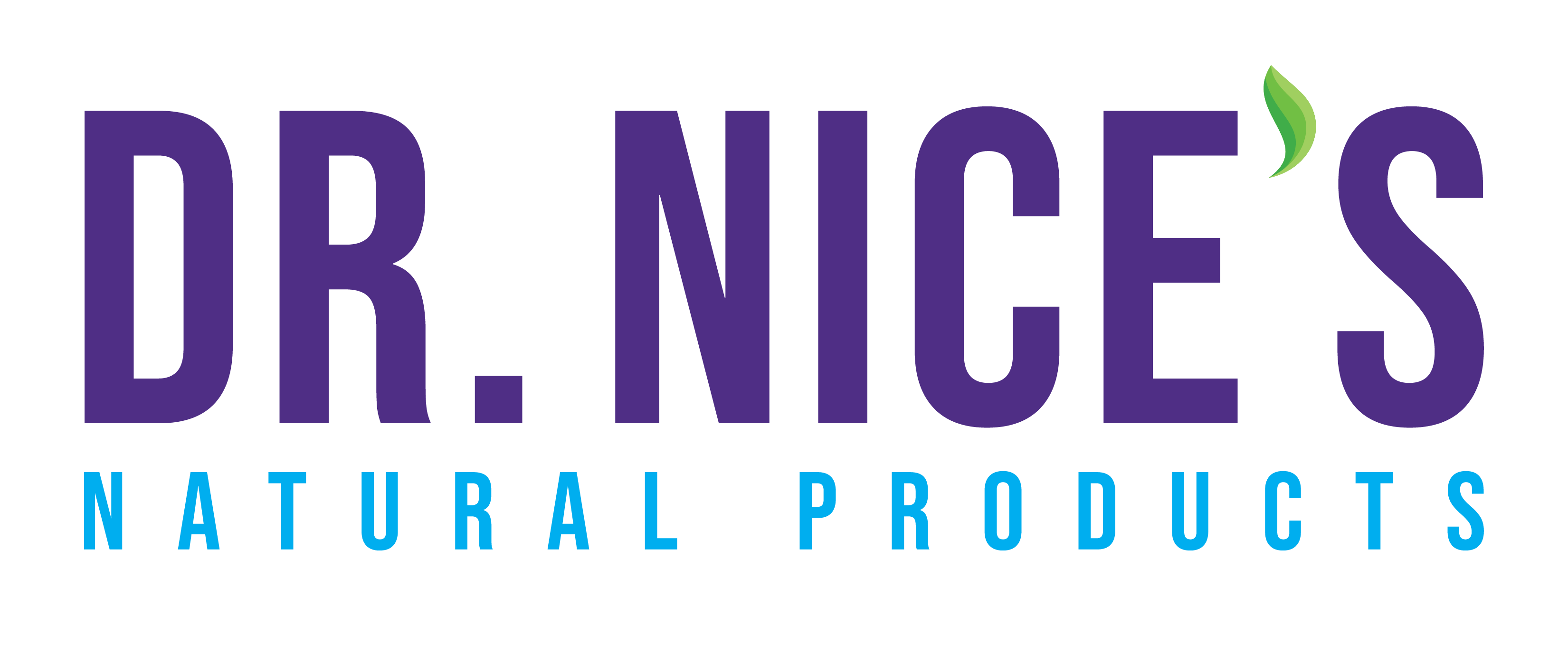Why Do My Nipples Hurt from Breastfeeding?
Motherhood is a miraculous blessing, but that does not mean it comes without trials. During the early months, as you adjust to your new life as a mother, it is not unusual to find yourself feeling aches and pains that you never anticipated. One of the most common– and frequently troubling– tribulations are sore nipples caused by breastfeeding.
Nipples hurt from breastfeeding for a variety of reasons: improper latching, dryness, or simply just the learning curve of helping a baby feed. Although sore nipples are common in the early days of breastfeeding, it is important to treat discomfort before it grows into a deeper problem that may cause disruption of successful breastfeeding or pumping.
With the right knowledge about what causes sore nipples and seeking the best solutions, there’s no reason this should be a long-term issue. In this article, we will be discussing common reasons why nipples hurt from breastfeeding, addressing common questions, and offering solutions to address your pain.
Common Causes of Sore Nipples
As you learn to nurse your baby, if you experience the pain of sore, cracked nipples, you may find yourself wondering: what is the most common cause of sore nipples during breastfeeding?
The most common causes of sore nipples when breastfeeding can be attributed to improper positioning and attachment. If the baby is not positioned in a way that allows them to comfortably nurse, they may suck harder than necessary, leading to less milk for baby and more discomfort for mom.
As you and your baby learn to work as a team, sore nipples can be a common challenge in the journey. New mothers are often surprised to find that breastfeeding, while an entirely natural and beautiful part of motherhood, is not always as easy for everyone.
During this process, remember to be kind to yourself, and always give credit where credit is due. No part of motherhood comes easy, and breastfeeding is no different. As you and your baby learn how to properly latch and express milk, focus on what you can control about this process. Keep your nipples moisturized and protected and invest in safe, all-natural gels that can soothe the pain without harming your baby.
Most Common Questions from the Early Days of Breastfeeding
Even if this baby isn’t your firstborn, you may find yourself experiencing things that never occurred with your first. This is perfectly normal! Just as every adult is different, so is every child.
If your mind is flooded with questions and concerns, you aren’t alone. We’ve taken the time to address some of the most common questions surrounding how and why nipples hurt from breastfeeding.
How Long Will My Nipples Be Sore from Breastfeeding?
Unfortunately, some nipple pain is an inevitable part of breastfeeding. Your nipples need time to adjust to the pulling sensation and constant exposure to moisture that breastfeeding introduces. Dryness, chafing, and sensitivity are incredibly common in the early days of breastfeeding.
However, if this pain lasts longer than a week or two, your technique may need adjusting. Common issues in breastfeeding technique include:
- A poor letdown reflex
- Not properly drying nipples between feedings
- Slippage
- Forgetting to break the suction before pulling away after a feeding
- A baby “hanging out,” or sucking for comfort rather than food.
Remember that the harder a baby sucks, the more likely they are to pull at your already sensitive nipples. Don’t allow your baby to suck unless you are actively in the process of feeding, always break the suction before pulling back, and hold your baby firmly and carefully in place during feedings.
Once you and your baby have mastered the art of proper latching, your pain should resolve within a month. According to one study, fifty-seven percent of mothers who were able to identify and resolve latching issues experienced pain-free nursing within only eighteen days! Stay hopeful; the end to your pain is within sight.
The sooner you can perfect your breastfeeding technique, the sooner you can experience pain-free nipples. If you are confident in your technique and still experience pain, you should consult with your doctor to be sure that a medical issue isn’t to blame. In the meantime, don’t be afraid to turn to solutions like gels and creams to keep your nipples moisturized and protected from infection.
How Can I Open my Nipples for Breastfeeding?
Maybe you’ve already experienced it: that pain that comes when you skip a single feeding, only to find that your nipple seems to have closed itself up. This phenomenon goes by many names, but regardless of what you call it, there’s no getting around the fact that it is a major bother. What’s more, if you don’t find a way to open your nipples back up, you’ll be putting yourself at risk for greater pain, blistering, or even mastitis!
This “closed nipple” sensation can usually be attributed to one of two problems: a milk blister or a clogged duct.
Milk blisters usually occur at the surface of the skin. Frequently, they can be seen with the naked eye, looking almost like a small, white dot on the surface of your nipple. In some cases, they may be larger and appear almost like a callus over the surface of your nipple, blocking your baby’s access to your milk supply.
To open your nipples for breastfeeding, you should take measures to remove this blister and prevent it from returning. If the blockage is visible, you can try gently removing it with a pair of tweezers. Other options include using a warm rag to clean the area and massaging the breast before feedings.
For especially stubborn nipple blebs, you can try soaking a cotton ball in olive oil, then wearing the mixture over your nipple during the course of the day. Once the skin has completely softened, try peeling away the toughened layer to reveal new, fresh skin for your baby to latch onto.
Once the bleb has been removed, you should take steps to ensure that it doesn’t re-form. Avoid wearing tight bras or shirts; use a cleanser over your nipples to prevent any blockages from forming between feedings. Feed your baby regularly, pump milk between feedings, and be sure that your baby is latching as deeply as possible.
While you’ll know a milk blister by sight, you’ll know a clogged duct by touch. These feel like hard, round lumps under the surface of your breast, and may appear red and swollen. You’ll know a clogged duct from the way it seems sorer and more swollen before a feeding than it is afterward. The best way to deal with a clogged duct is through gently massaging the area with a warm rag.
As you recover, try to maintain feedings as regularly as possible. Acetaminophen and ibuprofen are both fully approved for use with breastfeeding and can be used to manage the pain as you recover. You can also use refrigerated, cooling nipple gels to relieve the heat and swelling. In most cases, this problem should heal itself over a matter of days.
How Can I Get my Baby to Latch Deeper?
When a baby’s latch is too shallow, the child isn’t able to take enough of your breast in its mouth. As a result, the nipple rubs against the hard, upper palate of the baby’s mouth. The baby is forced to suck harder in order to access the milk he needs, and the overall result is a hungry baby and a mom whose nipples hurt from breastfeeding.
A shallow latch isn’t an unusual issue, especially when Momma and Baby are just starting out. By following a few precautions, you should have no trouble deepening your latch, relieving some of the ache that’s been driving you crazy.
Try Different Positions
If your baby is unable to comfortably access your breast, the chances of him achieving a deep latch are slim to none. Try holding your baby in various positions until you find what works for you both.
More skin-to-skin contact during breastfeeding might help your baby better relax during this process. If you’ve been feeding sitting straight up, try reclining backwards, allowing the baby to turn more on his side. Just remember you should always pull your baby towards your breast, not the other way around. Any position that leaves you hunched over your baby isn’t practical in the long term.
The key is patience, a willingness to experiment, and extending grace towards both yourself and your baby.
The good news is that when it comes to trying out new breastfeeding positions, you’ve got nothing but opportunity to practice! The average baby nurses anywhere from eight to twelve times a day. When you find that one style of feeding led to nipple discomfort, make a note of what you did, and try something else at the next given opportunity.
Open the Baby’s Mouth as Wide as Possible
A poor latch occurs when your baby is unable to take in as much of your breast as they need. The solution, then, is to help guide them into a better hold.
When bringing your baby towards your breast, place your thumb on its chin and bottom lip. Open the baby’s mouth as you pull it forwards. Touch your nipple to your baby’s lip until you see them actively searching, the way a baby bird might search for its mother.
By consistently establishing this motion as a part of your routine, you will train your baby to open their mouth wider on their own, resulting in a deeper latch.
Compress your Breast
If you have flatter nipples and larger breasts, your baby may have issues wrapping their mouth around the surface of your breast to nurse. Help your baby out by compressing the end of your breast into an easier shape for them to manage.
Jacqueline Kincer, certified lactation consultant, suggests placing your hands around your breast, then gently squeezing them into a “U” shape as you pull your baby closer.
“You need to make sure your fingers won’t touch Baby’s face as this can stimulate them to close their mouth,” she says, “The key is to make sure Baby does the work of the wide gape and you wait for Baby to self-latch in this position.”
Can Sore Nipples Affect Milk Supply?
While on their own sore nipples won’t affect your milk supply, if the discomfort changes the regularity with which you nurse, this problem isn’t out of the question.
Your milk operates on a system of supply and demand. The more frequently you nurse, the more milk your body will produce as a result. It’s completely natural to find yourself shy around pumping or nursing when your nipples are sore, cracked, or bleeding, but the result could be that your body stops producing the level of milk your baby requires.
By fixing your sore nipples, you are doing more than just increasing your own comfort; you are taking necessary steps to ensure that your baby gets the nutrition he needs to grow and thrive!
Treatment of Sore Nipples
The first step in treating your sore nipples is to resolve the main issue causing your pain. If your baby is sucking too hard as a result of a poor latch, work with a lactation consultant to help your baby deepen the latch. When you find that your nipples are dry and tender from too much contact with the moist environment of your baby’s mouth, be sure to dry them thoroughly between feedings.
When you find that, despite all your best efforts, your nipples stay cracked, sore, and bleeding, it’s time to turn to the experts for relief.
Dr. Nice’s Moisturizing Gel is the only completely vegan, lanolin free nipple care gel guaranteed to provide immediate relief after just one use. Formulated by a global lactation and breastfeeding pharmacology expert, this water-based gel is completely safe for both mom and baby, meaning that you can go right from application to nursing.
Before applying this product, place it in the refrigerator for ten minutes. Within thirty seconds of application, the soothing gel will fill in the cracks and pores of your skin, creating a breathable layer protecting your skin. The coolness of the gel will provide immediate relief at the time you need it most. Not near a fridge? No worries, the gel can also be applied and used at room temperature.
This product is not a cream, balm, or salve which can sometimes be sticky, slippery, or greasy. This gel is silky and sheer and fills crevices with a protective barrier by applying its four all natural ingredients.
Final Thoughts
All too often, new mothers find themselves experiencing guilt over any negative feelings they may experience after giving birth. Taking the time to care for yourself post-pregnancy isn’t selfish; it’s necessary for both your own health and the health of your baby.
Simply put, your nipples hurt from breastfeeding because your body is taking part in an amazing, sometimes painful process. That being said, cracked, chafed nipples aren’t an inevitability you simply have to live with. Turn to products that can provide instant relief and cool your nipples, protecting you against further discomfort, fostering a positive and continuous breastfeeding experience.



Comments are closed